Ten years ago, when Ross Meads started working in the library of the small, rural town of Ashhurst just out of Palmerston North, there had been a desire for a community garden where produce, fruit, herbs, and a flower garden could be established. Ross worked with RECAP (The Society for the Resilience and Engagement of the Community of Ashhurst and Pohangina Inc) and volunteers to set up the community garden in the large lawn area next to the library and began māra kai, gardening for food. A blessing and official opening were held in 2014 and it’s grown from there.
Another great service is the seed libraries where the focus is on sharing seeds around the community for free. All the Palmerston North community libraries have sharing tables or a sharing shelf outside, where people frequently drop off or take excess fruit and vegetables.
“The heart of libraries has always been community. The development of our māra kai project is a reflection of what’s happening in our communities and the needs and demands there – it started off slowly but now it’s taken off with people lining up for māra kai and taking part in activities. A library should always be a mirror of what’s happening in the community, and this is,” says Ross.
Palmerston North Libraries have worked alongside different groups to meet kai demands in their communities. These include Environmental Network Manawatū, RECAP, Let’s Grow Highbury, Awapuni Community Gardens, Community Harvest, Massey University, Just Zilch rescued food, Manawatū Food Action Network, Growing Gardens and Communities, Te Whare Koha, Pataka Kai 4412, Whakapai Hauora Maara kai, SupaGrans, Plant to Plate, and many more people willing to pass on kai from their vegetable gardens.
Niki Burtenshaw, Team Leader Community Libraries, says there is empty space in Monrad Park adjoining Te Pātikitiki library that the Parks and Logistics Unit, Palmerston North City Council have welcomed them to develop. “We want to have rongoā planted in these gardens providing a home for native flora and fauna, as well as a site for harvesting fruit and vegetables.”
“It will be a food forest, te wao nui a Tāne, maintained in a sustainable way,” says Niki. “The model we aspire to is Hua Parekore”. This model uses an organic framework and incorporates kaitahitanga, whanaungatanga, manakitanga and whakapapa. The aim is for community to come together and learn aspects of growing kai through each other, sharing knowledge and skills.
“There are multiple community groups and a large refugee population in the area, that want to support this project alongside the enviro groups we’ve already been working with. It will be developed by the community for the community.”
In mid-October, an event to celebrate the beginnings of the food forest - te wao hua - and share in the hand-over of 4412 Kai Resilience Strategy is planned. The strategy was created by Manawatū Food Action Network and enables communities to grow kai.
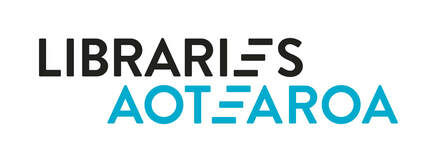
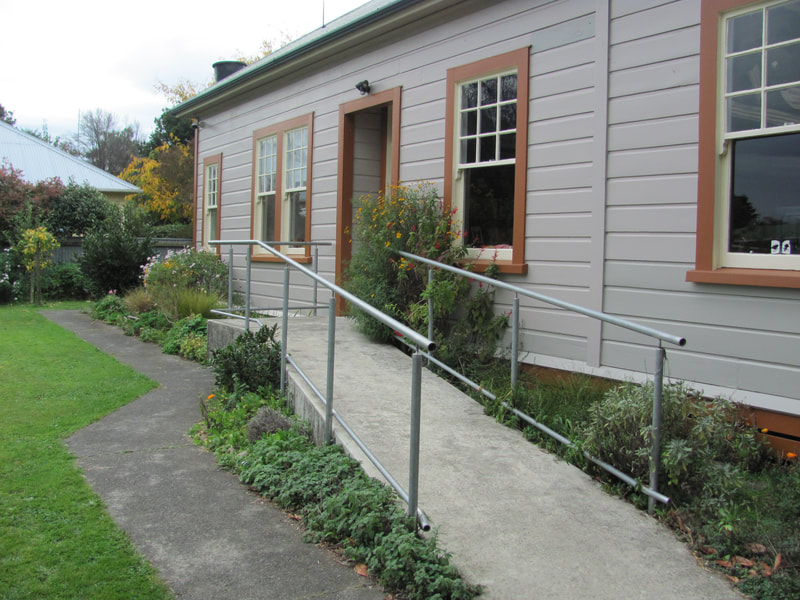
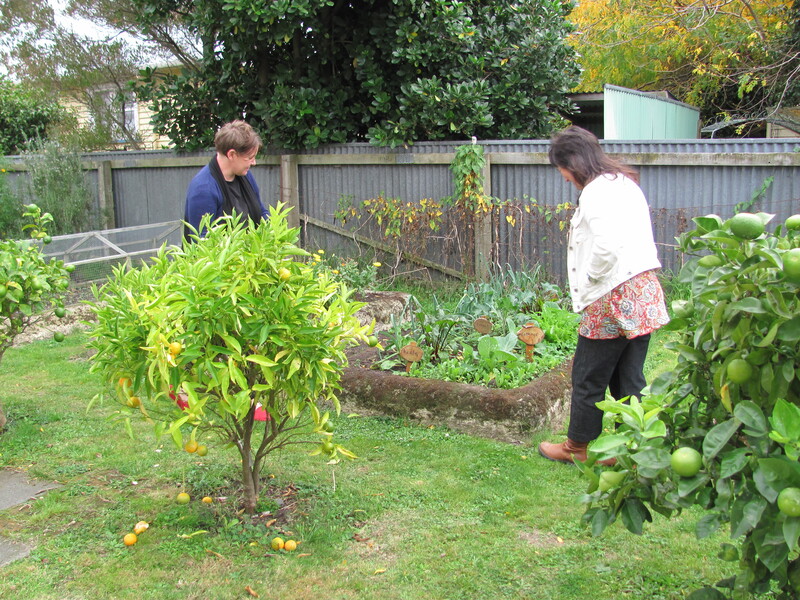
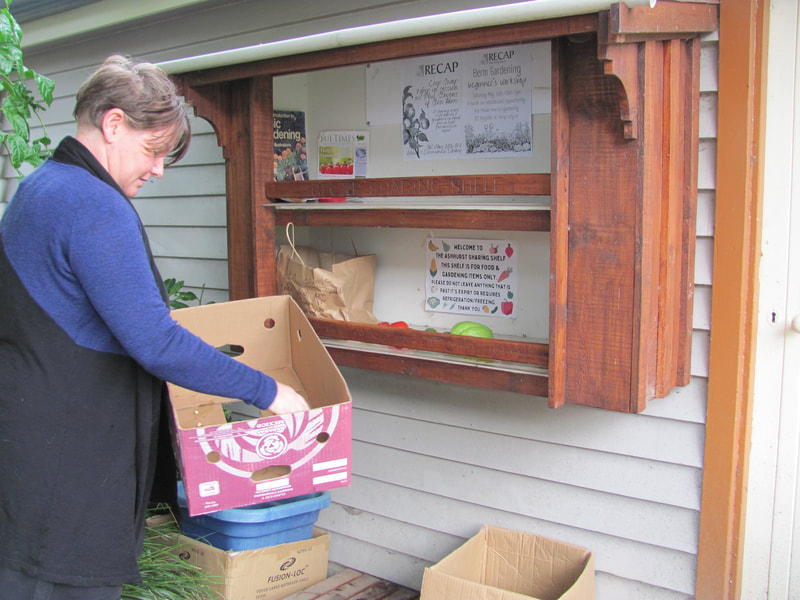
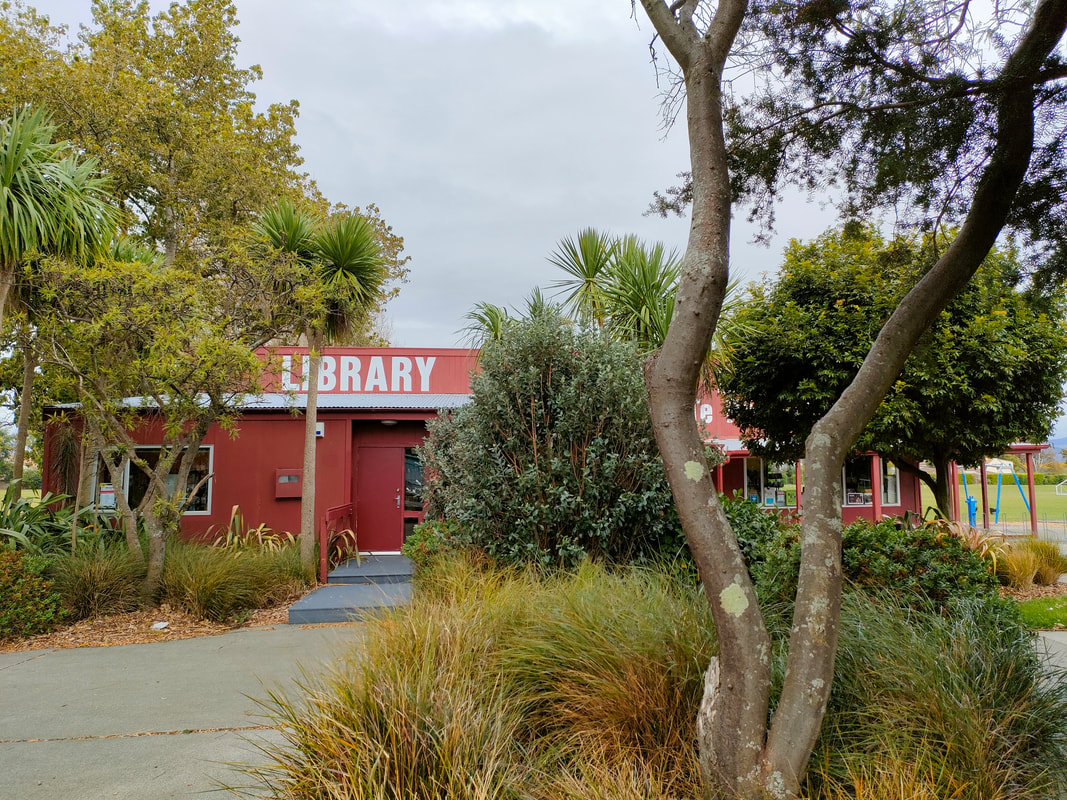
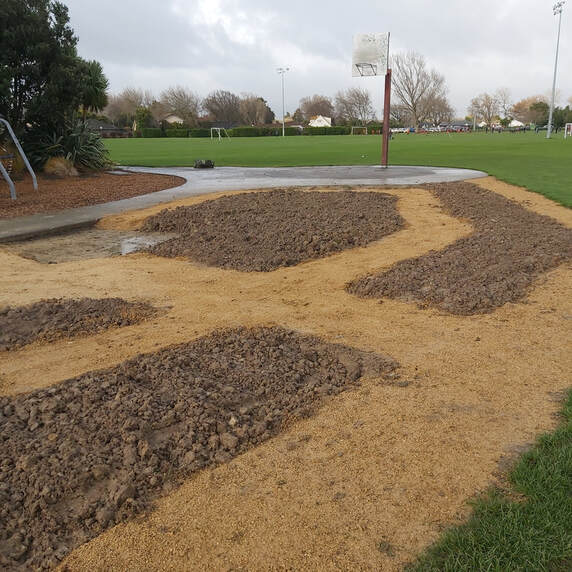

 RSS Feed
RSS Feed